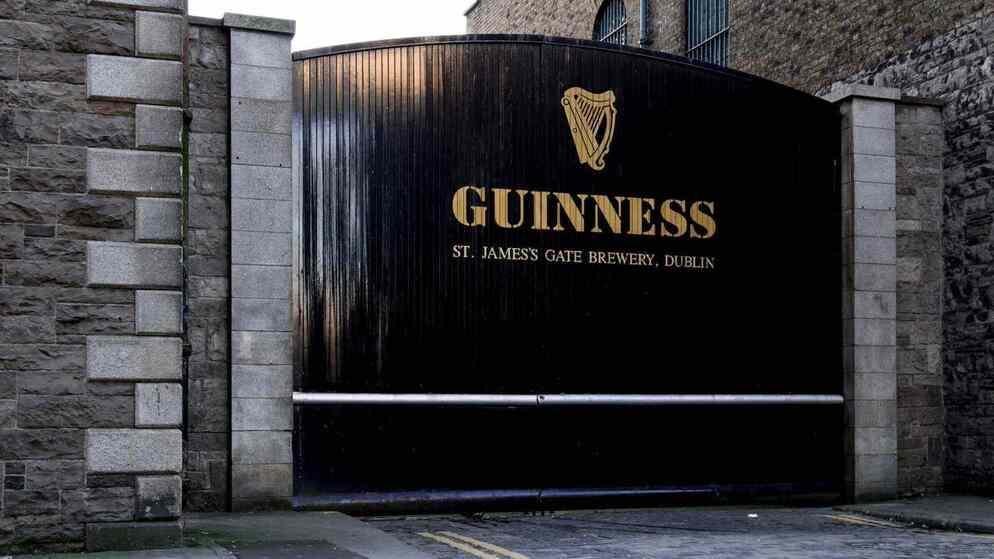↓
All ARTICLES
May 23, 2024

Patrick Hammond
Head of Strategy and US Lead

The Hot Pickle Journal
Is the high street dead? No, but it is evolving, and a few unexpected brands are helping drive this evolution.
No longer is the high street a functional and transactional depot of ‘stuff’, that depot is now online but rather it has become a place for experience. A place to procure but also to trial, create memories, cultivate a lifestyle and seek out experiences.
We have seen some forward thinking brands capitalize on this shift. FMCG brands, historically not known to put their name above a shop, have entered the high street and plugged in to the growing retail experience economy.
From the Marmite Shops we launched at the beginning of this trend in 2009 to recent examples like Magnum’s Pleasure Store, Gymshark, Kellogg’s NYC, Cup Noodles (Japan), the recently opened Peppa Pig store in Battersea and the Guinness Storehouse - a new breed of commercialized brand spaces, a type of brand cathedral, has emerged.
More than a marketing vehicle
The brand cathedral is distinguished by the fact that at its heart is a monetary transaction, often at a premium. A Magnum at the MPS is £5.50, entrance to the Storehouse is €17.50. This is an important statement of value from a brand: it isn’t willing to give its experience away for free. Both the brand and the consumer invest in the experience.
It also delivers commercial impact for the brand. No fancy ROI study is required to count money in the till, no other communications campaign can make that claim.
And the results are telling – when M&M opened their store, it accounted for 12% of the brand’s total UK brand confectionery sales with an impressive 6m people per year crossing the threshold and entering the world of M&M.
It is marketing that pays handsomely.
Elevating the product experience
Consumers crave authenticity, so these spaces need to elevate the core brand offering. Buffalo Trace, that opened in May this year (2024), is the US distillery’s first official home outside of Kentucky and for many UK consumers, their first taste of Bourbon. Every touch point has been considered from the re-purposed barrels infused with decades of whiskey to the exquisite joinery of the tasting bar. The time, care and love of creating the Bourbon is there to see in the craft of every aspect of the experience. A brand home through-and-through.
The Guinness Storehouse will teach you how to pour a pint, a ritual that puts the product on a pedestal, The Magnum Pleasure Store has created many experiences over the years including personal dipping experiences resulting in unique Magnum ‘masterpieces’ and the Gymshark store on Regent Street that opened in October (2024) has quickly become a community hub and a space for group classes.

(Photo source – Ireland.com)
In-depth and Unique
These cathedrals are tapping into the high street as a window to the new and a space to ‘play’ in. It isn’t about buying more stuff, but rather purchasing experience, knowledge or leisure. For FMCG brands whose consumer connection is often at arm’s length it’s a fantastic opportunity to build genuine engagement and equity with fans.
Consumers want stories, and these spaces are packed full of them, building that special sense of being an insider which is invaluable to cultivating brand devotees.
Experience is about engaging the whole self
These spaces enable brands to control the whole experience. An experience borne out through all five senses, through emotion, through memory, the people you are with and your own unique context.
So when a visitor at the Storehouse says the Guinness just tastes better there, who are we to dispute that? Maybe it’s the view, maybe it’s the Dublin air, maybe it’s the expert who poured your pint, maybe it’s your newfound knowledge of the ingredients, maybe it’s about who you are with? Maybe it is the best pint you've ever had.
What’s it worth?
Which brings us back to the original question, when is a Marmite jar worth more than a jar of Marmite? When it is from the Marmite Store of course.
The value statement is not just the £2.50 you paid for it, but in the truest sense of the word, it is worth more because it comes with the memories, warmth and depth of the experience that went with it.
Adapted from a piece originally written for Campaign Magazine
ORIGINAL ARTICLE
SHARE ARTICLE
MORE
ARTICLES
READ ALL
READ ALL



